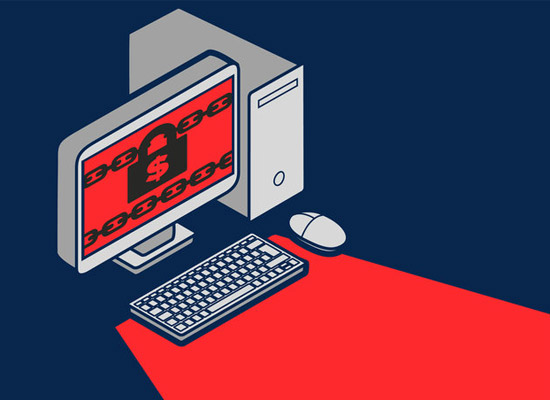How are Trojan Horses Spread Into Your Computer?
Updated on October 21, 2022, by Xcitium
Before any malicious activity happens when a Trojan horse attacks, it needs a target victim to copy or download the fake file and run it on the system. So how are Trojan horses spread? The Trojan horse pretends to be a legitimate file to deceive endpoint users to run them on their computer system. Most of the time, a Trojan horse will take the form of a game, MP4, or other popular applications.
The Trojan horse virus (a.k.a. Trojans) got its name from the infamous Greek story “Trojan Horse.” The people of Troy was offered a massive, wheeled wooden horse by the Greek soldiers. When it’s actually used as a vessel to take the Greek soldiers inside the city of Troy. They prepared to attack at night and claimed victory over the war. This story resembles the Trojan virus so much.
The different ways how are Trojan horses spread will be broken down to four options. You will be able to understand how these scenarios work and will help you become vigilant before clicking the download button.

How are Trojan Horses Spread?
Option 1: Software Download
Are you fond of free software downloads and installs? Trojan horses take advantage of the people who need a certain program to operate on their computer system. This is how are Trojan virus spread.
There are online indexes of digital content where Trojan horse creators upload their Trojan horses. They can victimize any random endpoint user since the creators hide behind usernames. They use social engineering to bait in endpoint users to download the fake programs.
Another modus operandi used by hackers are fake websites. Trojan horse creators will build their own websites to pretend they’re offering hacker tools or pornographic materials to download. The poor, innocent downloaders will download and run the material on their computer only to install trojan horses on their devices.
Option 2: Receiving Emails with Attachments
An email attachment is one of the more common ways how are Trojan horses spread by cybercriminals too. The victim receives an email from reputable companies or trusted contact but it contains a Trojan horse. They are also disguised as porn videos, documents, or announcements.
Option 3: Messaging Applications
The social media has improved over the decades. When you were only supposed to send plain texts on the chat, you can now send various attachments as well. It perfectly works just like an email account. A cybercriminal can pose as a new friend over a social media or a dating website.
Messaging applications like Messenger, Viber, or Telegram allow cybercriminals to send fake files like Trojan horses. Innocent members receive messages from anyone on social media platforms which make it a lot easier to send out anonymous messages.
Option 4: Pop-up Screens
Another how are Trojan horses spread is through extra unwanted pop-up screens. The websites people regularly visit can be infected by a Trojan horse and increases the chance of spreading Trojan horse downloads. It often carries a message that their computer is contaminated and must be scanned. It’s a warning sign that they must take before clicking on that pop-up screen.
To resolve this, they should try running up-to-date antivirus to make sure everything is still working fine.
Do you now understand how are Trojan horse spread? Remember these four scenarios to avoid contracting any Trojan horses on your computer. It’s best to practice safe Internet usage instead of fixing all the damages.
How Does AEP Operates to Remove Trojan from the Computer?
It’s a real bummer when you can’t figure out how to remove that Trojan by yourself. Yet there’s hope using a software tool to clear that from your computer. Advanced Endpoint Protection uses the Default Deny Platform™ to block bad files and automatically contain unknown files in a virtual container, using containerization technology.
The Xcitium VirusScope technology examines unknown files at the endpoint for malicious behavior and actions. The Valkyrie detection system provides a cloud-based accelerated verdict in about 45 seconds. It bases its verdict on static, dynamic and even human analyst interaction. Xcitium technology removes malware files while allowing good files to run on the endpoint CPU. Xcitium’s scanning system also contains unknown files in a lightweight virtual container on the endpoint and analyzed in real time.
You can expect Advanced Endpoint Protection to provide a report in a minute. It uses negligible CPU resources and requires a computer footprint of just about 10 MB. The program provides complete security for both physical and virtual computers in all kinds of enterprises.
Related Sources:
Endpoint Security
Trojan Virus
Ransomware Protection

 (2 votes, average: 4.50 out of 5)
(2 votes, average: 4.50 out of 5)


